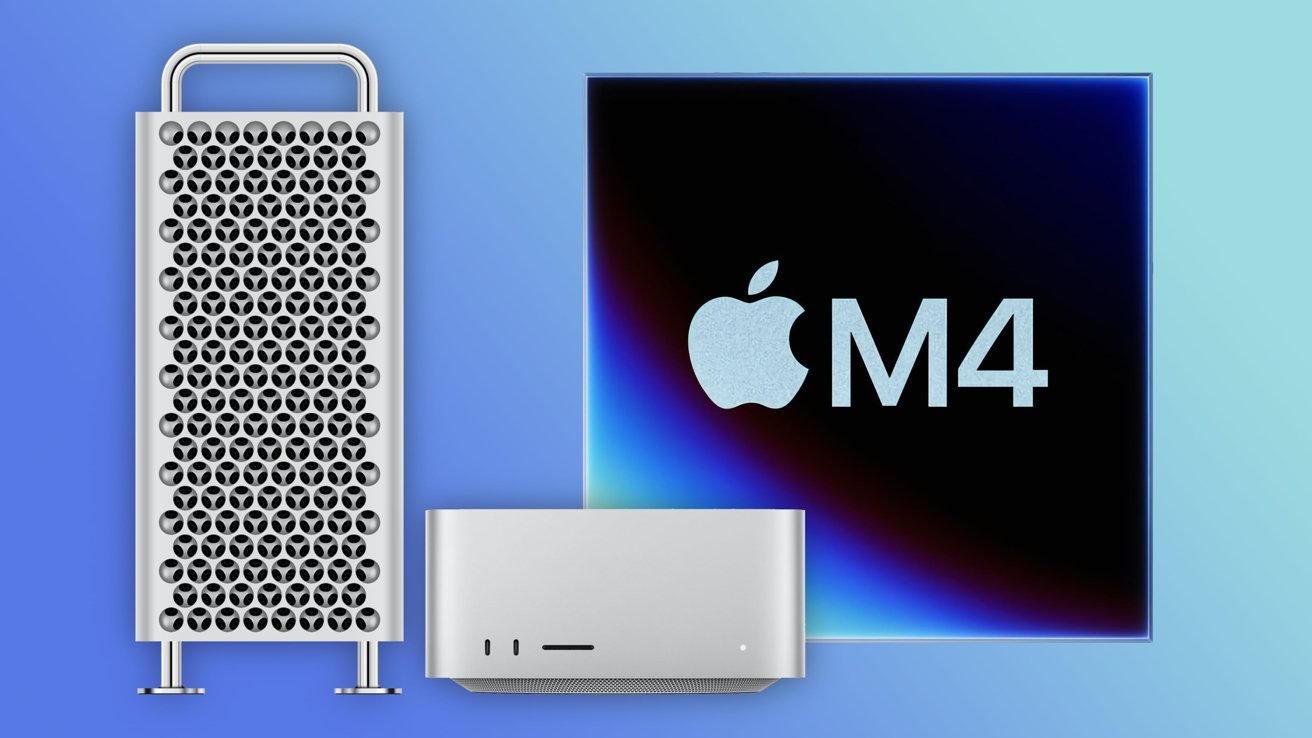
Apple’s high-performance Mac models, including the Mac Studio and Mac Pro, are expected to get a big upgrade in 2025. Here’s how powerful we expect that they’ll be.
The Mac upgrade to M4 chips in late 2024 meant updates to half of the Mac range, with only three models yet to be updated. That short list consists of the MacBook Air, the Mac Studio, and the Mac Pro.
With the MacBook Air already on M3, it’s the two high-performance models that are surprisingly behind the curve. Both the Mac Studio and Mac Pro are on the M2 generation of chips, and are certainly due to get an upgrade.
Here’s what the rumor mill has discussed about the Mac Pro and Mac Studio and their potential upgrades.
A late arrival
Probably the biggest question about the inbound updates is when to expect them to actually arrive. Sadly, the rumor mill is pessimistic about this.
The most obvious time for Apple to introduce new versions of its powerhouse Macs is at WWDC 2025. This has happened before, with Apple showing off the best Macs to an appreciative developer-based audience.
This is also after the anticipated launch of the M4 MacBook Air earlier in the year. Updating the last non-Max and non-Ultra product line would make way for the Ultra releases to be introduced as the last of the M4 generation.
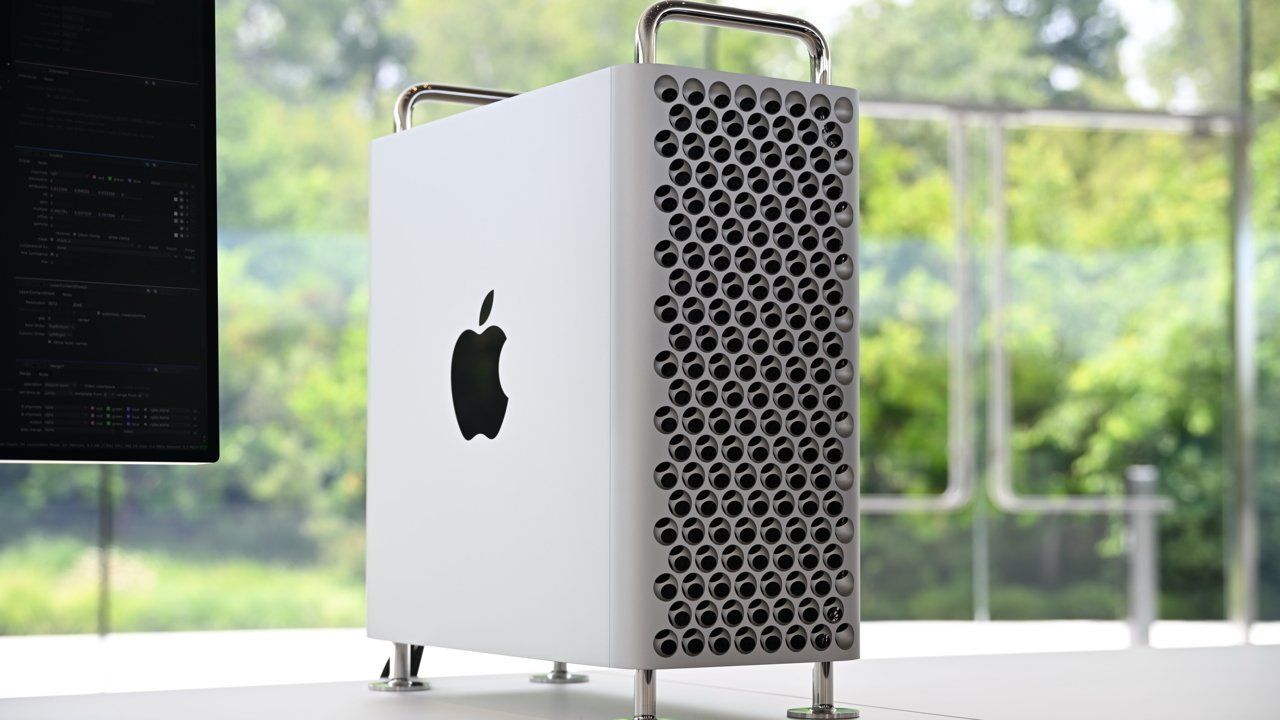 Mac Pro may finally get its second Apple Silicon upgrade
Mac Pro may finally get its second Apple Silicon upgrade
Previous rumors earlier in 2024 insisted that the Pro and Studio models wouldn’t get an update until the middle of 2025. Bloomberg continued later on to say that a second-half-of-2025 release of the models was probable.
It’s entirely plausible that Apple could tease an update to M4 for the models during WWDC for an actual release later in the year.
Either way, the releases are quite a few months away from becoming a reality for users.
Non-chip changes, or not
As with a new product update, there’s a chance that Apple could also incorporate design changes at the same time. It’s a small chance, however, since Apple tends to reuse the same design for multiple generations before bringing out a refined design.
Bloomberg insisted in August 2024 that at least one of the inbound launches will have a “dramatic change” from the present design. The problem is that the prediction was before the release of the revised Mac mini, and that could’ve been the model Mark Gurman was talking about, since he wasn’t specific about the model changes.
Gurman’s forecast did open the door for other models to get updates, including the Mac Studio and Mac Pro. However that’s still a very slim chance.
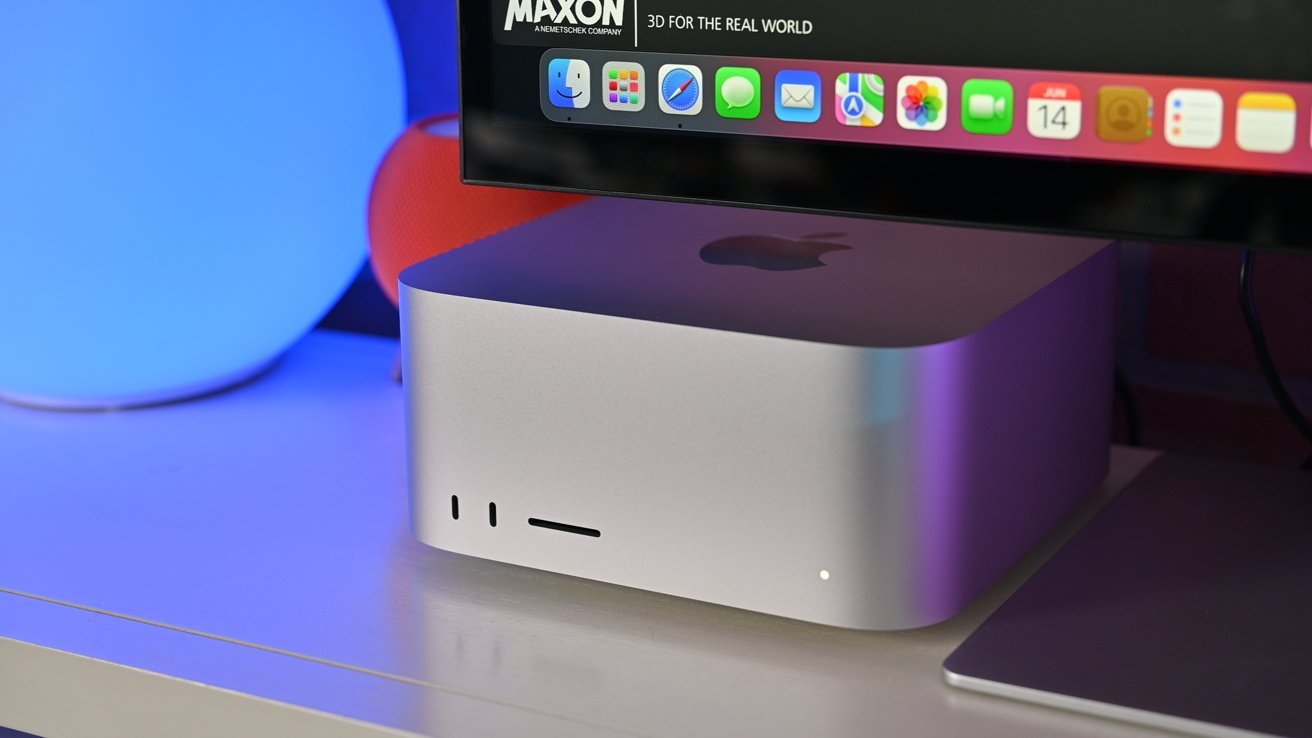 The Mac Studio may retain its design for another generation
The Mac Studio may retain its design for another generation
The Mac Studio has existed for two generations with its current design, making it unlikely to get an update. It is quite tightly packed for a high-performance device, but it seems unlikely that Apple will do anything radical to the design at this point.
The Mac Pro, however, has undergone more frequent inter-generational changes, though it too is on its second generation for the current design. However, it is plausibly more likely for the Mac Pro to get a redesign due to the dramatic change of internals from the Intel-based model to the Apple Silicon version.
With such a significant change in architecture, it’s plausible Apple could come up with a new design of enclosure. One that still permits the upgradability of the model, but possibly in a smaller form.
So, if the two are likely to resemble spec-bump updates rather than massive overhauls, the attention therefore goes to what to expect from the chip updates.
If Apple follows what it did for the M2 generations, we can expect M4 Max and M4 Ultra models of Mac Studio and an M4 Ultra Mac Pro.
We already know what the M4 Max will provide to consumers in the Mac Studio, since the chip is already available in the Mac Pro. Initial benchmarks of the M4 Max demonstrated that the latest iteration is considerably more powerful than even the M2 Ultra when it comes to single-core and multi-core performance.
Since we know the specifications and benchmark results for the Max and Ultra versions for M1 and M2, we could potentially extrapolate the results for the M4.
The M1 and M2 Ultra chips are much faster than the M1 and M2 Max for a simple reason: Apple used two Max chips to make an Ultra. Using an interconnect, Apple connected together two Max chips and called it an Ultra, doubling up the CPU and GPU cores, memory allowances, and other elements.
This would naturally include a doubling of Neural Engine cores in the Ultra models, up from 16 cores in the Max chips to 32 in the Ultra.
There should also be a considerable improvement when it comes to memory capacities, as the Ultra models tend to have much higher amounts available. For example, the M2 Max Mac Studio has up to 96GB of memory available, while the M2 Ultra version offers to up 192GB.
With the M4 Max configurable to 128GB in the MacBook Pro, this could mean a capacity of at least 256GB in M4 Ultra devices.
Of course, this doesn’t directly mean the Ultra models are twice as fast as the Max versions, but it does mean the differences in results should be fairly predictable. That is, if Apple uses the same techniques in each generation.
We know from Geekbench that the single-core results of the M1 Ultra and M2 Ultra are within a few points of their Max equivalents. This makes sense as Geekbench is only measuring the performance of the fastest core, regardless of the quantity.
When it comes to multi-core performance, there is generally a 45% improvement from the Max to the Ultra when it comes to the highest-spec versions of each chip. That is, the 20-core M1 Ultra versus the 10-core M1 Max, and the 24-core M2 Ultra versus the 12-core M2 Max in the Mac Studio.
The same technique can also be used for the Metal results, used to measure the performance of the GPUs.
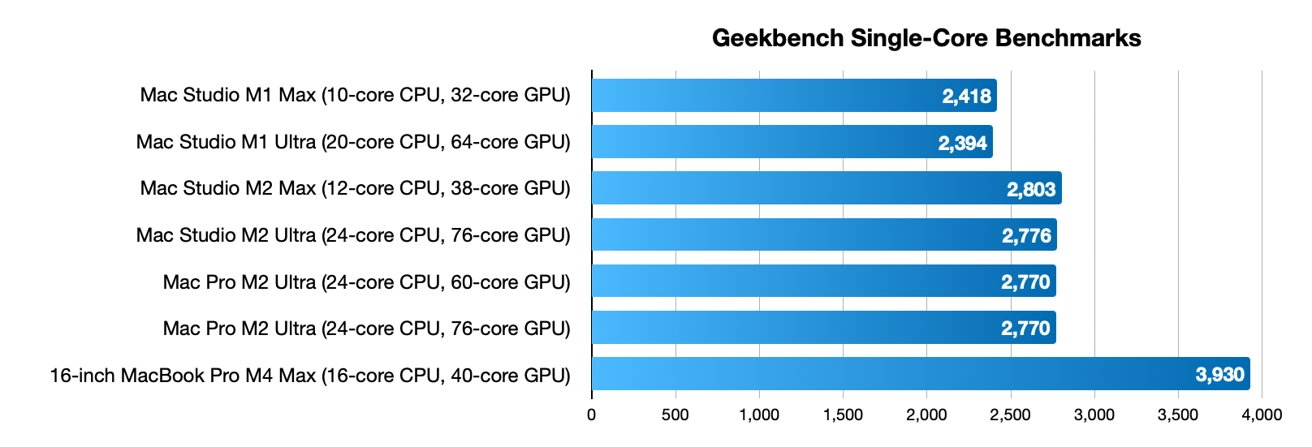 Geekbench single-core scores
Geekbench single-core scores
The M1 Max’s Metal score of 105,000 for its 32-core GPU goes up to over 161,000 for the Ultra’s 64-core GPU, a 53% improvement. It’s the same figure when you go from 145,000 to 222,000 for the M2 Max’s 38-core GPU and the M2 Ultra’s 76-core version.
Using these improvement percentages, which are fairly similar across generations, we can extrapolate using the M4 Mac in the MacBook Pro. The one referenced here has a 16-core CPU and 40-core GPU, so the M4 Ultra equivalent would be a 32-core CPU and 80-core GPU.
Benchmarks for the 16-inch MacBook Pro put its single-core mark at 3,930. It’s reasonable to expect that the Ultra should have a similar score.
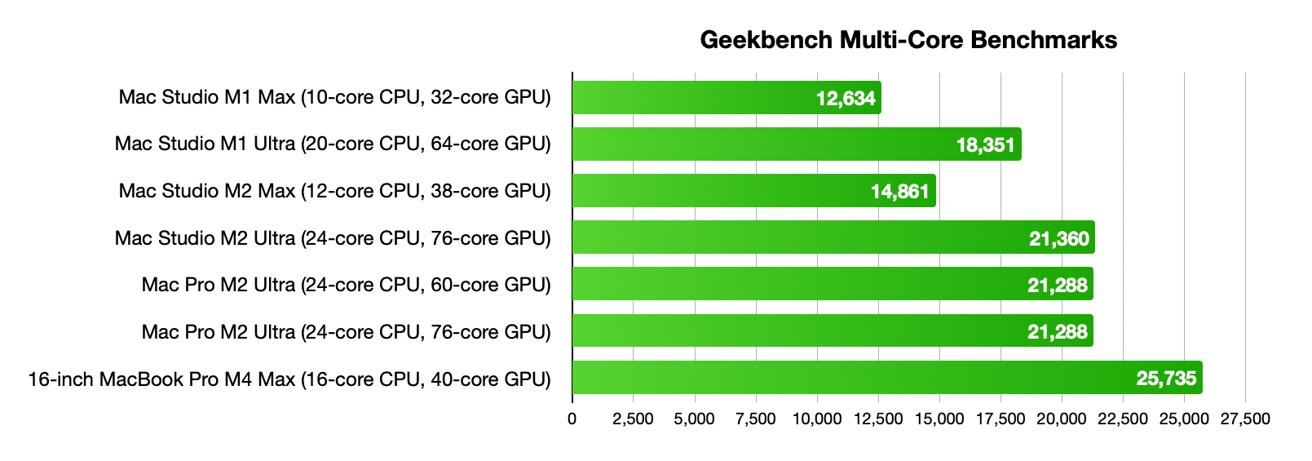 Geekbench Multi-core scores
Geekbench Multi-core scores
For the multi-core, the M4 Max gets to 25,735. At a 45% improvement, the M4 Ultra could score 37,315.
The Metal score of 187,645 in the M4 Max could also grow 53% to 287,096 in the M4 Ultra.
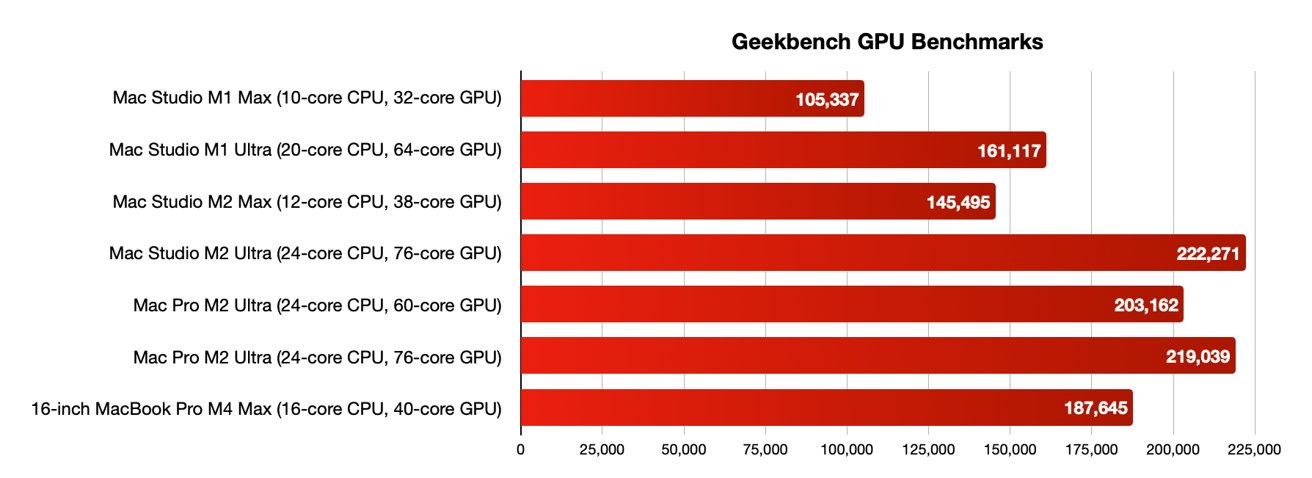 Geekbench Metal score
Geekbench Metal score
All of these extrapolations are based on the Mac Studio, since the Mac Pro only uses the M2 Ultra chip. Checking the figures shows the M2 Ultra in the Mac Pro to be comparable to same-spec chips in the Mac Studio.
Since they are pretty similar, you could expect similar levels of performance in the M4 Ultra in the Mac Pro as you would see in the Mac Studio version. That is, very high levels of performance.
A questionable interconnect
This extrapolation is theoretical and based on if Apple continues to use its existing techniques to make its powerful Ultra chips. Some rumors have called this into question, and things could be different this time around.
The lack of an M3 Ultra release led to some to more closely examine the M3 Max chip, with some reports insisting that the M3 Max didn’t have the capability of using an UltraFusion interconnect. At the time, it was speculated that the M3 Ultra could’ve ended up being a single discrete chip, instead of combining two together.
 UltraFusion in the M1 Ultra – Image credit: Apple
UltraFusion in the M1 Ultra – Image credit: Apple
Obviously, no-one outside of Apple knows if the M3 Ultra would’ve been released as a standalone chip or not. However, the reports also cannot be taken to mean Apple is moving away from interconnects altogether.
Given Apple is in control of its chip roadmap, it’s entirely plausible for it to decide against an M3 Ultra release, and simply designed the M3 Max with that in mind. There’s the possibility that UltraFusion could return for the M4 Ultra, with Apple running business as usual.
One report that seemingly helps the narrative of the interconnect’s usage is one of an apparent chip cancellation.
In December, it was claimed that Apple had scrapped the development of a high-performance Mac chip, that could’ve been called the “M4 Extreme.” The concept of the chip was for it to take the interconnect concept further, by fitting together four M4 Max chips.
If it were to be a reality, that would mean a chip with 64-core CPU, a 160-core GPU, a 64-core Neural Engine, and a maximum memory capacity of at least 512GB.
Bearing in mind such a chip would be a boon for AI development, thanks to such a high concentration of Neural Engine and GPU cores, it could well end up becoming true at some point.
Whether that time would be at the same moment as the M4 Ultra remains to be seen.




